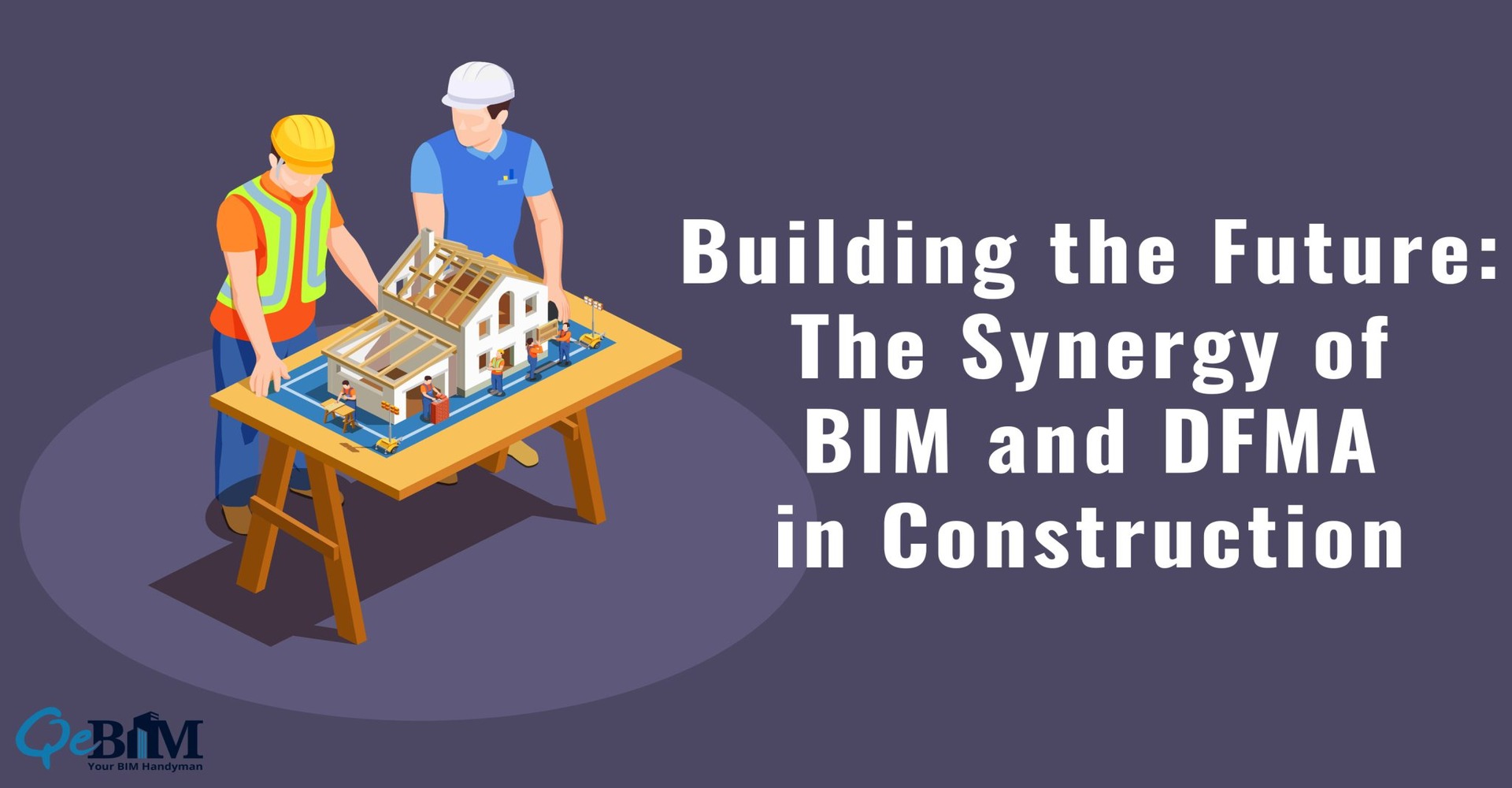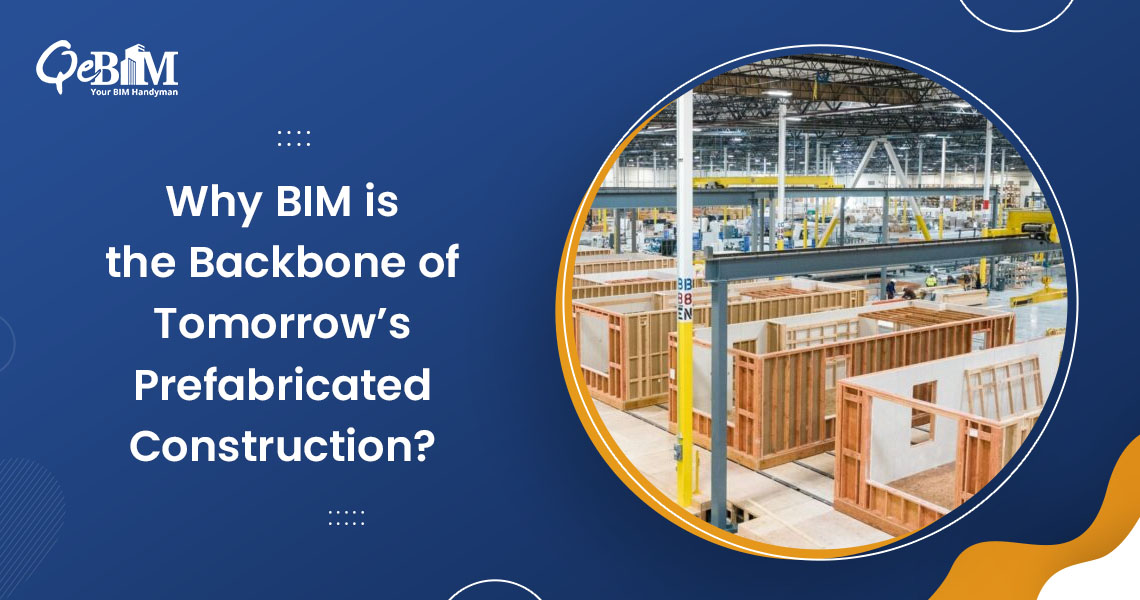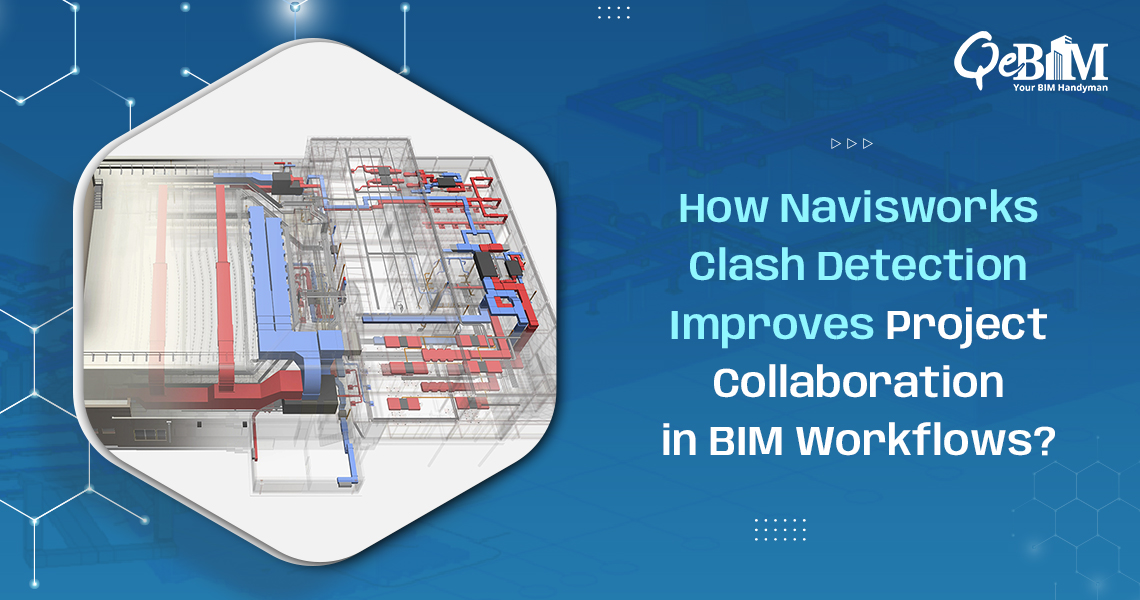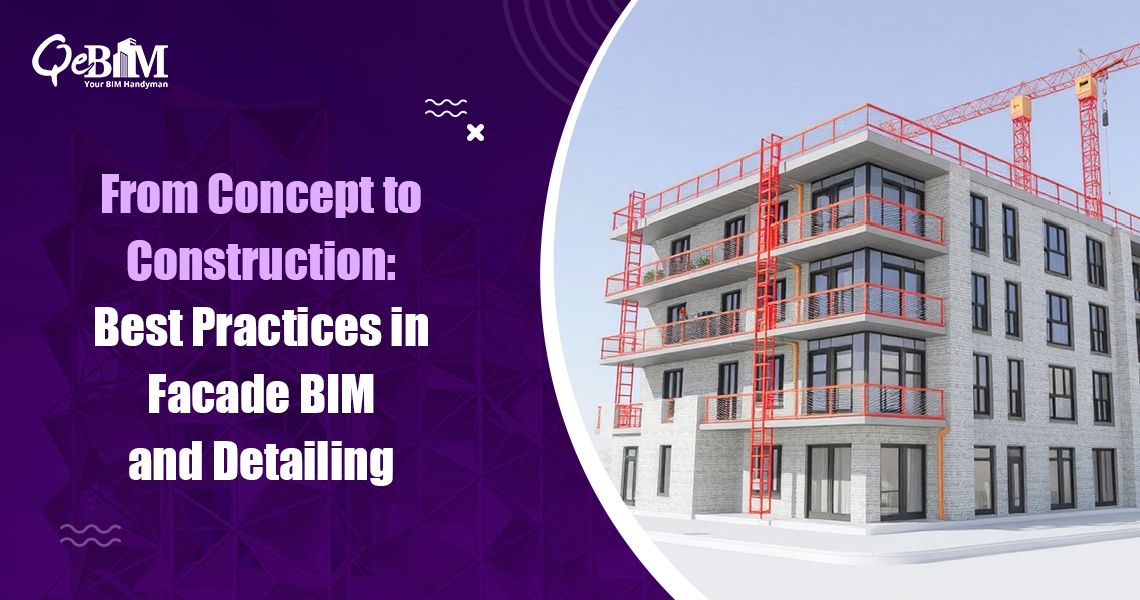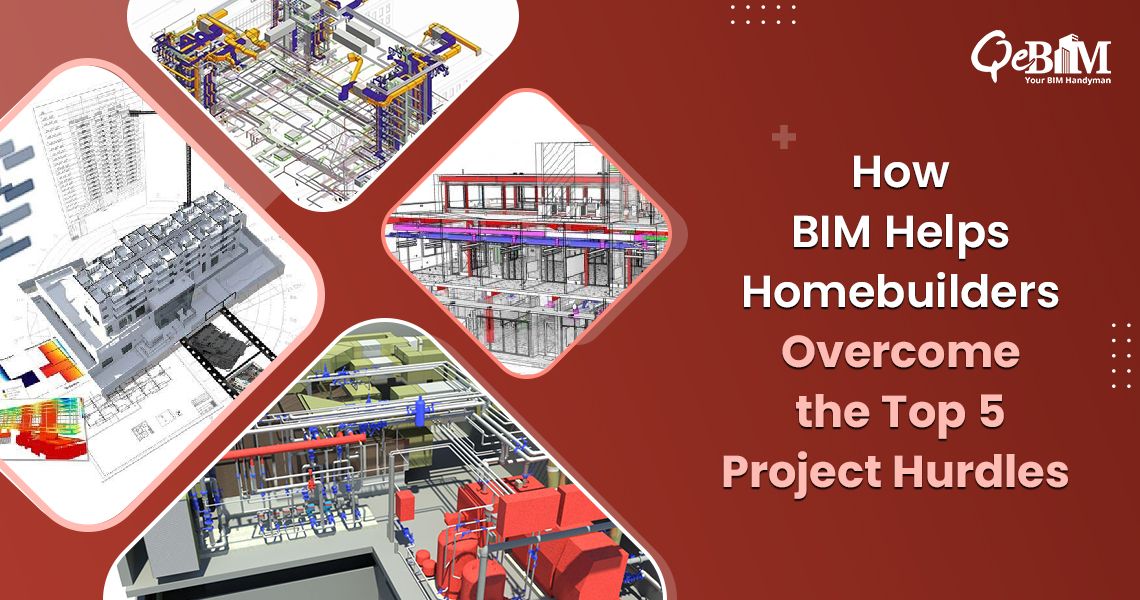In the world of construction and engineering, two terms have been gaining significant attention and transforming how projects are planned, designed, and executed. BIM and DFMA are revolutionizing the construction industry, enabling professionals to streamline processes, reduce costs, and enhance project outcomes. In this blog, we will explore the BIM and DFMA concepts, benefits, and how they work together to drive efficiency and innovation in construction, especially for medium and large scaled projects such as infrastructural and industrial using exclusive BIM for Infrastructure services.
All About BIM (Building Information Modeling) and its Benefits
BIM is a computerized illustration depicting the building structure’s physical as well as functional aspects. It involves creating a comprehensive 3D model encompassing architectural, structural, mechanical, electrical, and plumbing elements and other relevant data. BIM goes beyond a simple 3D model by incorporating information such as specifications, quantities, material properties, and even scheduling and cost data.
The key goal of BIM is to establish an inclusive and cooperative platform that brings together all stakeholders participating in a construction project. Architects, engineers, contractors, and designers can all contribute to the BIM model and leverage benefit from it. It allows for better visualization, coordination, and communication throughout the project lifecycle. With BIM, professionals can detect clashes and conflicts early, optimize designs, and make informed decisions, improving project efficiency and reducing risks.
BIM Modelling Services provides numerous benefits, including:
1) Enhanced Collaboration: BIM facilitates improved collaboration and coordination among project teams. With a shared model, stakeholders can work together seamlessly, reducing conflicts and improving communication.
2) Clash Detection: BIM enables clash detection and resolution before construction begins by integrating various disciplines within a single model. This enables the prevention of expensive rework and delays throughout the construction phase, thereby saving both time and resources.
3) Design Optimization: BIM allows design optimization by simulating, iterating, and examining multiple scenarios. Professionals can evaluate energy performance, structural integrity, and other aspects to create more efficient and sustainable designs.
4) Improved Cost Estimation: BIM provides accurate quantity take-offs and cost estimations by linking the model to a database of materials and their costs. This facilitates improved budgeting and enhanced control over costs.
All About DFMA (Design for Manufacture and Assembly) and its Benefits
DFMA acronyms for Design for Manufacture and Assembly is an approach that focuses on optimizing the manufacturing and assembly processes during the design phase. DFMA aims to simplify and streamline construction by maximizing off-site prefabrication and minimizing on-site labor and materials. It involves breaking down the project into modular components that can be manufactured and assembled efficiently.
DFMA encompasses two important aspects: DFM and DFA, which stand for Design for Manufacture and Design for Assembly, respectively. DFM focuses on designing components that are easy to manufacture, considering factors such as material selection, manufacturing processes, and cost. On the contrary, Design for Assembly (DFA) concentrates on developing components that can be swiftly and efficiently assembled, minimizing the number of steps required and simplifying connections.
The benefits of DFMA are substantial:
1) Reduced Construction Time: DFMA promotes off-site prefabrication, allowing multiple components to be manufactured simultaneously during site preparation. This drops down the timeline for the construction, accelerating the project delivery.
2) Enhanced Quality Control: Prefabrication in controlled factory environments ensures higher quality and consistency in component production. This reduces the potential for errors and defects during assembly, leading to better overall quality in the final structure.
3) Cost Savings: DFMA can save costs through improved efficiency, reduced labor requirements, and minimized material waste. Projects can be completed within budget or even under budget by optimizing the design and assembly processes.
4) Sustainability: DFMA promotes sustainable construction practices by reducing the wastage and amplifying resource usage. Off-site manufacturing allows for more precise material estimation, reducing waste generation on-site.
BIM and DFMA: Working Together
BIM and DFMA are highly complementary and can be used together to maximize their benefits. Integrating BIM and DFMA enables seamless collaboration between design and manufacturing processes. BIM provides a platform for generating accurate 3D models and extracting relevant data, which can then be utilized for DFMA analysis and optimization.
By combining BIM and DFMA, architects and engineers can evaluate different design options, identify the most suitable modular components, and simulate assembly sequences virtually. This integration facilitates identifying potential clashes, conflicts, or constraints early on, enabling design modifications and optimizations before manufacturing and construction begin.
The collaboration between BIM and DFMA enhances project efficiency and quality and supports sustainability goals. Simulating and analyzing different scenarios allows professionals to evaluate energy performance, material usage, and other environmental factors, leading to more sustainable designs.
Crux:
Building Information Modeling (BIM) and Design for Manufacture and Assembly (DFMA) are two transformative approaches that revolutionize the construction industry. BIM serves as a collaborative platform for all parties involved, fostering effective communication and coordination, while DFMA enhances manufacturing and assembly methods to achieve optimal efficiency. The integration of BIM and DFMA results in streamlined project workflows, cost reduction, and enhanced project outcomes. Embracing these technologies is key to staying competitive in the evolving construction landscape.
